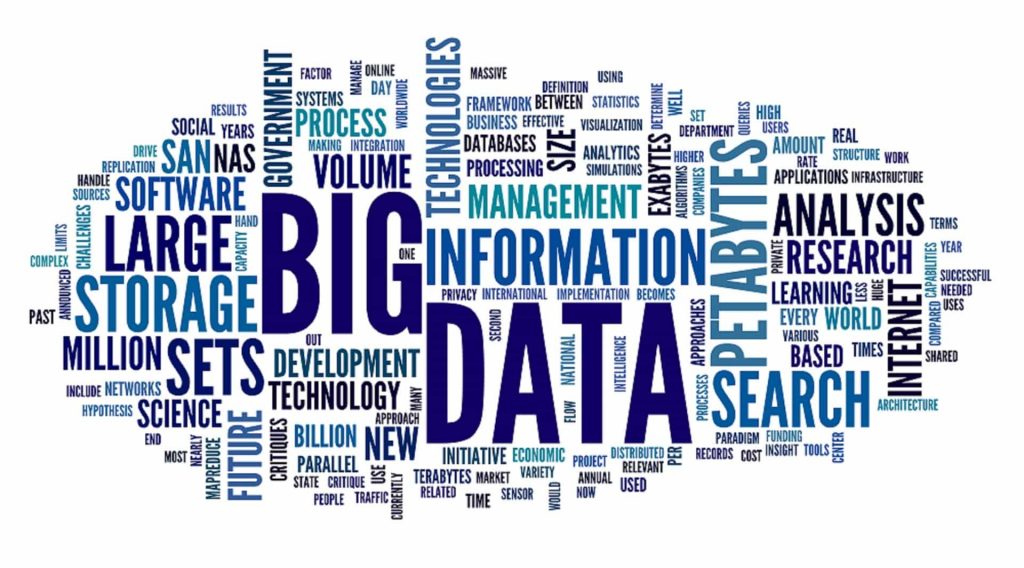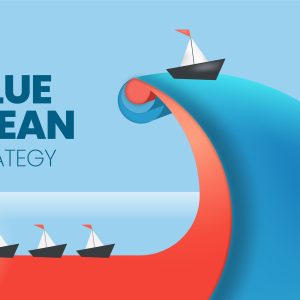This is obviously the age of big data. It is so big that we do not always make the best (or any) use of it. Sometimes because we do not have direct access to this data or because we simply do not know how to handle it. Below are a few thoughts on how to ‘get along’ with all this information and make good use of it.
Understanding what information you need and why
The data would not be as ‘big’ anymore, if we predefined what we would like to get out of it as a result. When you try to bite too big of a piece, you naturally end up unable to swallow it, however it is data that has to serve you and not the other way round. And that is why you need to set clear goals. They would give you direction and therefore ability to focus on specific data instead of trying to grasp it all.
Focus on data that would help you predict demand, better plan promotions and other actions that would encourage desired shopper reaction. In other words you need to be able to take some action based on this knowledge. Pay utmost attention to buying habits of your target audience. What they buy? How do they buy? How does that depend on the season, price, promotions and various market fluctuations? In combination with what other items is your product purchased, etc.?
Segment marketing
Today’s retailers have lots of important shopper details available that could help boost in-store sales. Introduction of loyalty programs allow tracking what same shopper purchases in various retail points and even online. Such extensive knowledge allows allocating shoppers into groups (segments) based on actual patterns of their behavior rather than some sociol-demographic data, as it is still quite popular to do.
Retailer knowing that particular clients tend to buy i.e. bottled water may target a promotion of your bottled water brand not just to anyone but to the ones who are most likely to purchase it. If it’s a quality product and consumer is satisfied after first trying it, it is likely he could switch to your product even after the discount period is over.
It does not mean that giving a discount to a necessary audience would do the job, however in combination with quality of communication and the beverage itself, as well as competitive pricing it is way easier to show the benefits of your product, because shopper is already interested in this category of goods.
Shopper engagement
Knowledge about customer segments allows better targeted communication and therefore bigger shopper engagement. If you have information about shopping patterns and are able to make a personalized offer to a certain segment instead of offering the same thing for all, you are more likely to attract shoppers to make the purchase.
As mentioned in my previous post, by using location-based advertising you could increase engagement even more, since shoppers are already nearby and most likely have intent to buy. Having in mind that most of the buying decisions in FMCG sector are made in-store, you are definitely missing out if you are not making impact when person is already ready to purchase.
I hope this gives you some food for thought. Good luck handling the data that is not just big but also relevant and applicable.


